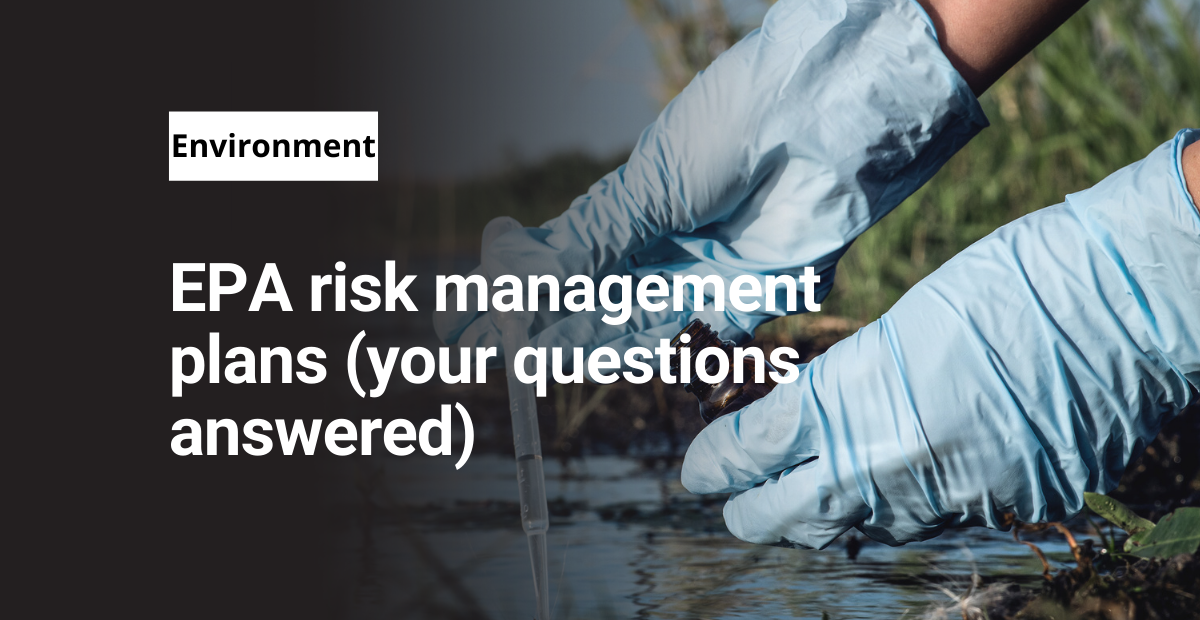Creating an EPA risk management plan, or RMP for short, is a crucial step in ensuring the safety and well-being of both your employees and the surrounding community.
As an experienced EHS professional, I want to share some of the key considerations I think you should make when creating an RMP.
Who is required to create an RMP?
According to the EPA, facilities that use certain chemicals and meet certain thresholds are required to submit an RMP. Specifically, this include facilities that:
- Have more than a threshold quantity of a regulated substance
- Have a program 2 or 3 process
You can find the specific threshold quantities and regulated substances in 40 CFR 68.
Who should have access to the RMP?
An RMP should be shared with the local fire department and the local emergency planning committee (LEPC). Additionally, the RMP should be available to the public upon request.
This ensures that the community and first responders are aware of the potential hazards present at your facility and are prepared to respond in the event of an incident.
What should RMP plans include?
EPA risk management plans should include detailed information about the chemicals and processes present at the facility, as well as information about the facility’s emergency response plan.
They should also include a detailed risk analysis, including an evaluation of the potential consequences of an incident and the likelihood of such an incident occurring.
In my experience, an RMP should also include information on the facility’s:
- Safety record (including any past incidents)
- Emergency response capabilities include the equipment/personnel available
- Security measures (e.g., measures to prevent unauthorized access to the facility)
How does a good RMP help the surrounding community?
A good EPA risk management plan is beneficial to the surrounding community for three main reasons:
- It helps to ensure that the community is aware of the potential hazards present at the facility.
- It makes it easier for community leaders to prepare an effective response to environmental incidents.
- It can help mitigate the potential consequences of an incident by reducing the potential for fire, explosion, or release of hazardous chemicals.
In my experience, it’s important that facilities with RMPs have regular safety drills and training for employees and emergency responders. This ensures that everyone knows what to do in case of an emergency. It also helps minimize the potential consequences of an incident and can reduce the risk of injury or death.
In conclusion, creating an EPA risk management plan is a crucial step in ensuring the safety and well-being of both your employees and the surrounding community. Once you’ve made your plan, you must ensure that it’s regularly communicated with newcomers to your organization.
Similarly, you must regularly review your RMP for potential revisions. As you modify your processes and equipment, you’ll need to ensure that the RMP accounts for each new set of variables.
If you do this, your RMP will be much more effective at preventing catastrophic environmental incidents.
Other posts you might like…
No posts
